Originally published by CAFA Art Info.
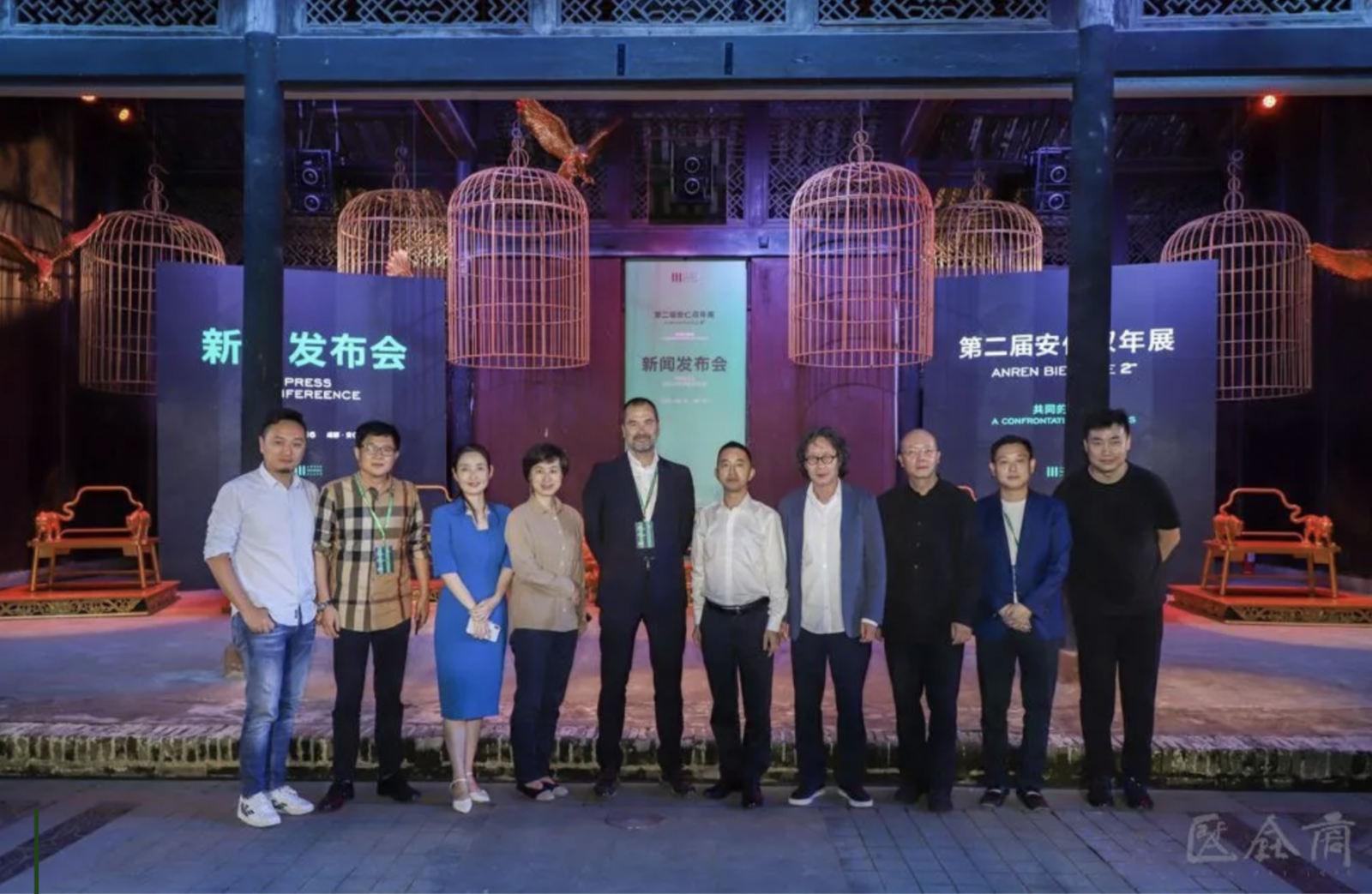 Photo: The Press Conference of the Second Anren Biennale
Photo: The Press Conference of the Second Anren Biennale
The question of how to inject the vitality of contemporary art into an ancient town full of historical emotions is no longer a new one, although geographical differences make similar attempts seem unique. The entry of contemporary art into the cultural ecology of ancient towns, in most cases, leads to an increase in existing cultural resources. This dualistic cultural industry strategy of presentation provides a unique perspective for research in contemporary art.
Regional and Biennale Models
Regionalism as an increasingly prominent element of a biennale has become the unique temperament of the biennale, which has also made the biennale become prey to commercial spies. A mature and well-known biennale has already established huge influence and has become a potential space for commercial development. The Documenta in Kassel abandons the light touch of business with a serious academic attitude; the Venice Biennale creates the most enjoyable artistic dreams while accepting the shackles of business; the Japanese Echigo-Tsumari Art Triennale, awakens the country with art, which also serves as the most nutritious fertilizer to heal the earth.
 Photo: Li Jiankang, Deputy County Magistrate of Dayi County, Chengdu, delivered a speech
Photo: Li Jiankang, Deputy County Magistrate of Dayi County, Chengdu, delivered a speech
 Photo: Qiao Xiaoyan, General Manager of OCT Culture and Tourism Development Company at Anren, Chengdu, delivered a speech
Photo: Qiao Xiaoyan, General Manager of OCT Culture and Tourism Development Company at Anren, Chengdu, delivered a speech
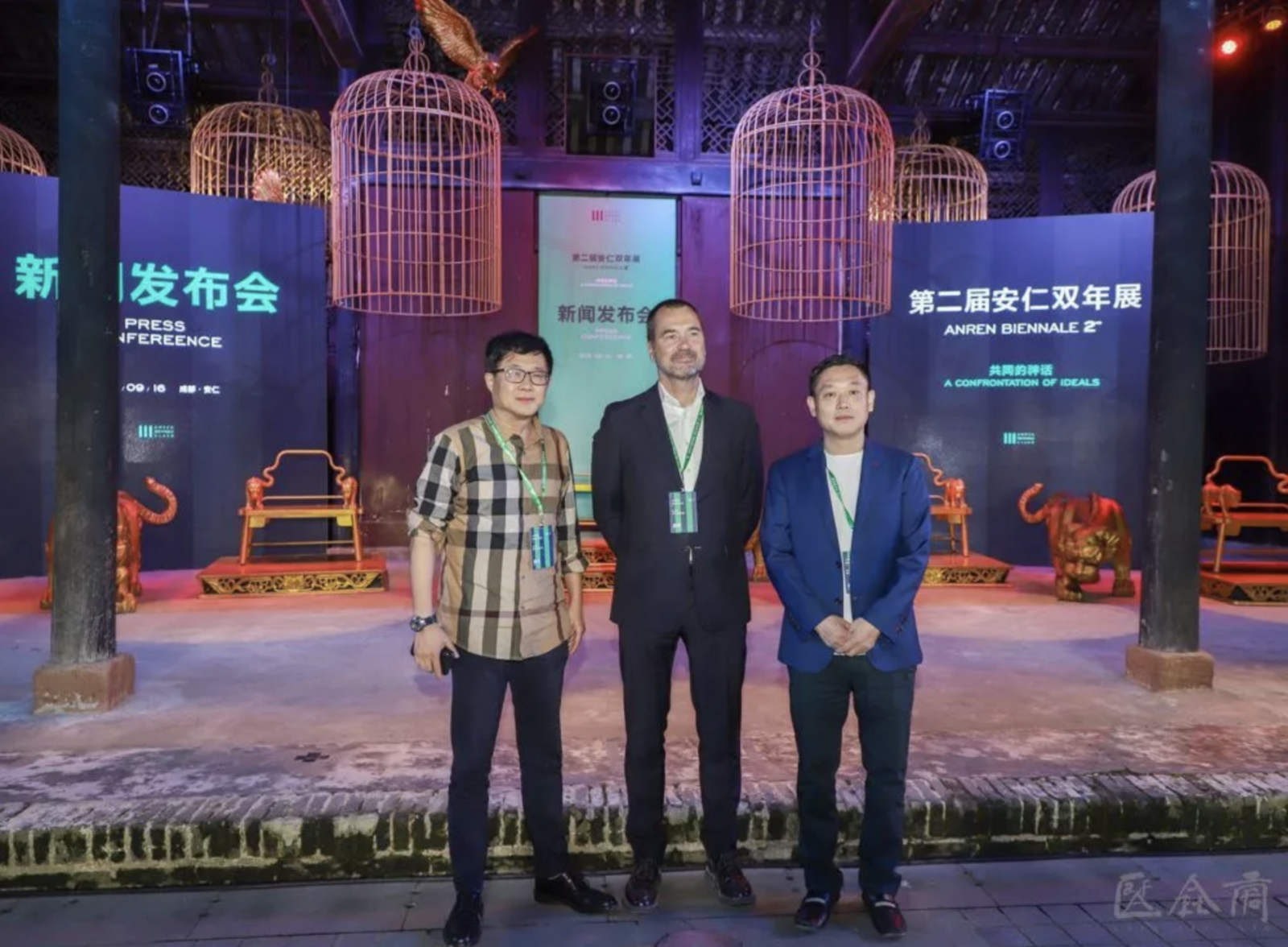 Photo: Co-curators introduced Second Anren Biennale
Photo: Co-curators introduced Second Anren Biennale
Looking back at art biennales in China, the first that took place in the country was “Guangzhou Art Biennale (oil painting) in 1992. Since then, with the development of art in China for over 30 years, the biennale model has become the most important driving force and method for the development of Chinese contemporary art.
China is not the pioneer of the biennale model, but it strives to be the biggest user of this model. Different historical situations have endowed different epochal routes, and regional choice has given advanced thought to the Chinese biennale. The opening of biennales from the first-tier cities such as Guangzhou, Shanghai, and Beijing show that the art of urban selection has become a feature of the early biennales. However, the urban culture sentiment, which is too homogenous, makes the biennales gradually lose their new provocation to the public. Perhaps a city’s capital magic makes art a tool that is readily available for commercial promotion, and it is difficult for the public to concentrate on the art itself. Regional advantages have gradually subsided in the development of China’s urban biennales, which has led to the glamour of urban biennales gradually disappearing.
 Photo: Artist Miao Xiaochun made a speech
Photo: Artist Miao Xiaochun made a speech
 Photo: Artist Xu Bubing made a speech
Photo: Artist Xu Bubing made a speech
When the paces of cities slows down, ancient towns and villages become another option for art exhibitions. When cities gradually lose their unique geographical advantages––ancient towns which are full of rich cultural and historical emotions and are pleasant regional environments––become particularly prominent choices favored by tired urban people. The Wuzhen contemporary art exhibition mode, combined with the strong advantage of the cultural resources and the vitality of contemporary art, also provides more space for commercial operations. A benign art exhibition model will allow commercial modes to swim freely while also suppressing negative business practices.
Could the Anren Biennale Recreate the Myth?
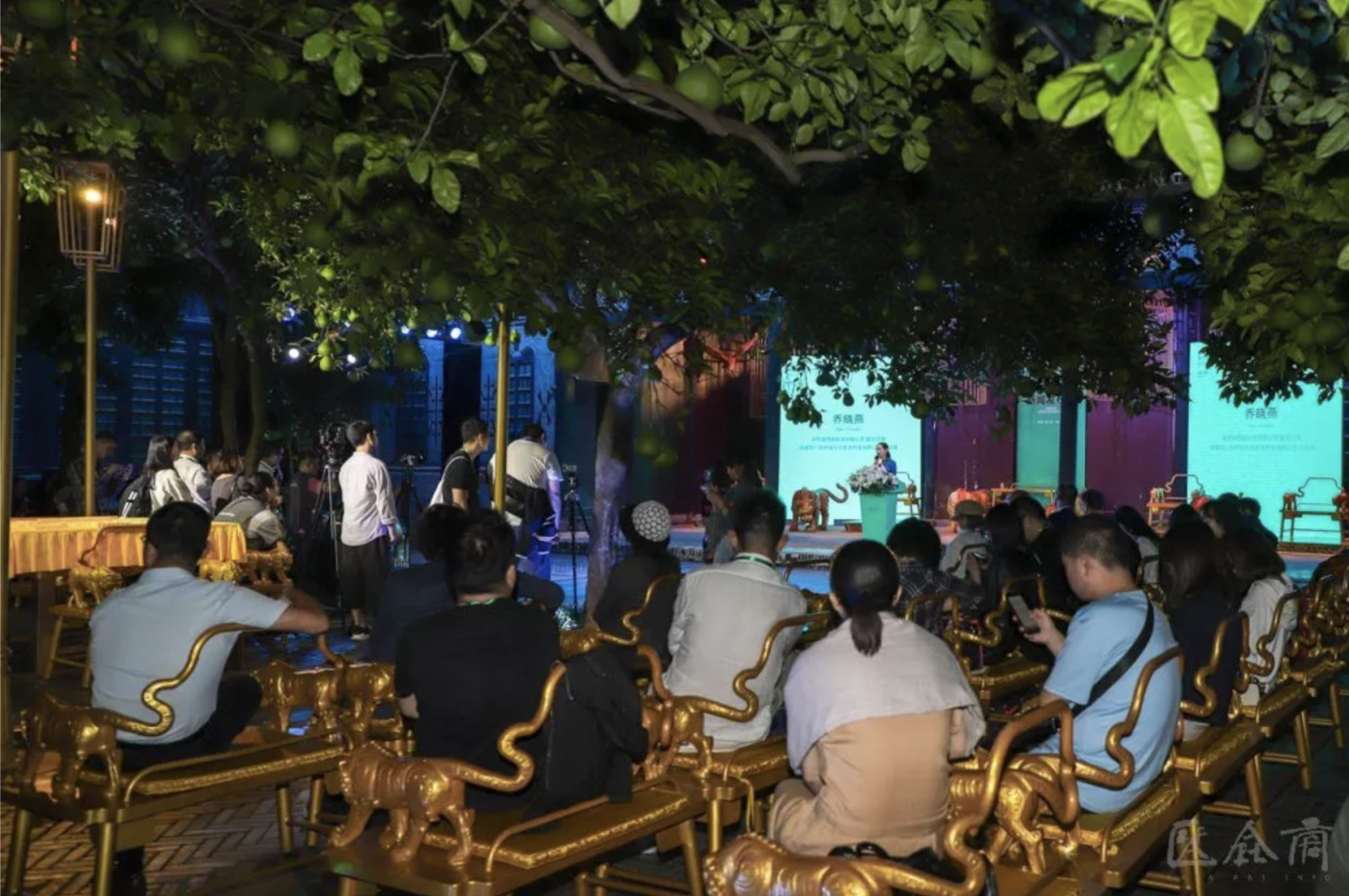 Photo: Communications at the Press Conference
Photo: Communications at the Press Conference
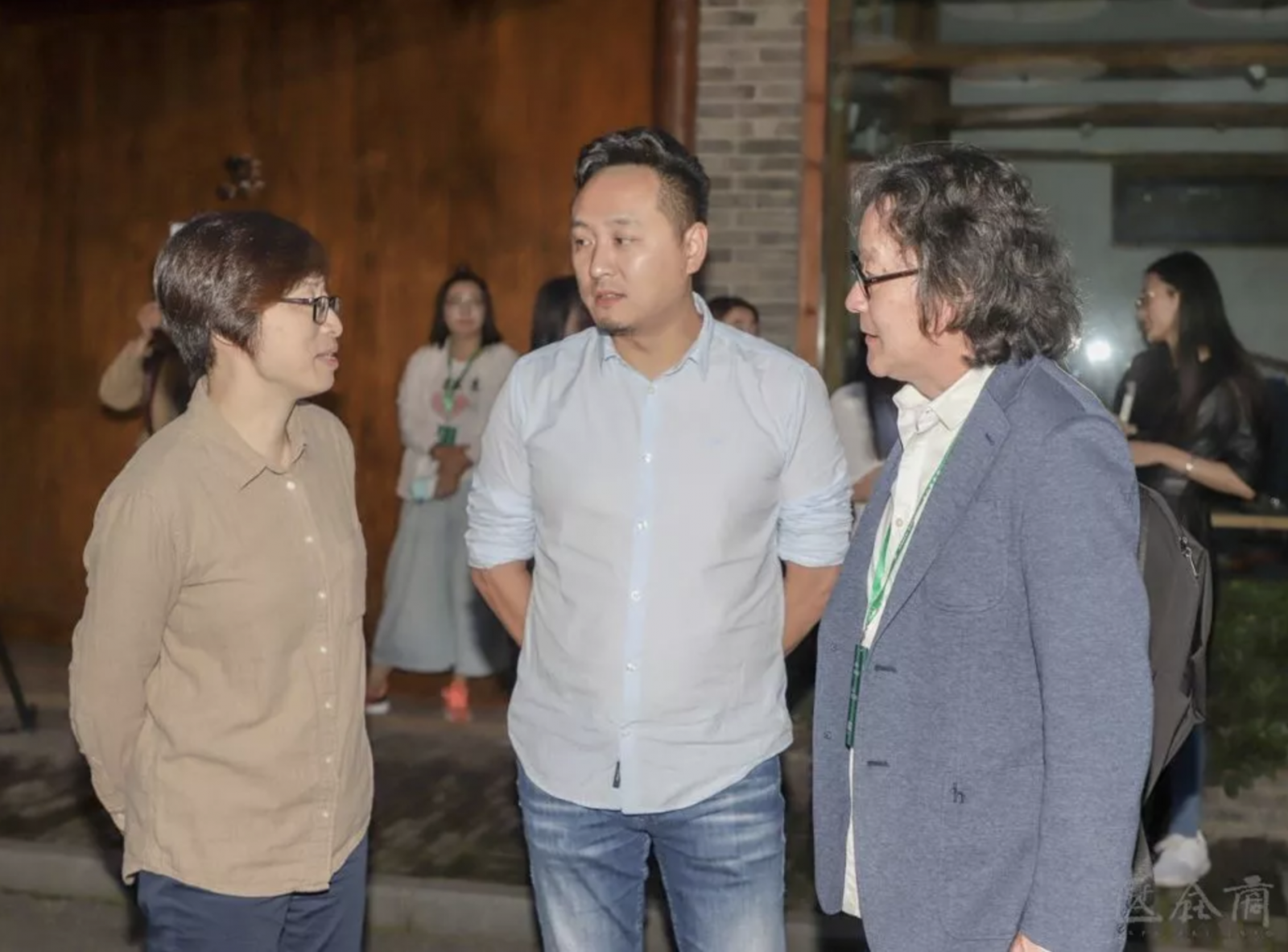 Photo: Communications at the Press Conference
Photo: Communications at the Press Conference
Any successful art exhibition model will quickly attract the attention of scholars and businessmen. The Wuzhen model and the Anren Biennale are both imitations of successful experiences. The non-replica of Wuzhen area is precisely the rationality of Anren’s attempt. The non-essential features of the ancient town’s long-term brewing make the imitation traces cease to be offensive. Art has become an inspiration for the outline, which encourages the integration of business and culture, past and present, elite and public, leisure and bustling, and makes it all into a rationalized model for an art exhibition.
The Anren Biennale seems to have some unique strengths, and the confidence that culture is injected into the ancient town is extraordinarily abundant.
First of all, Anren has a unique historical and cultural past and the resources to go with it, as well as beautiful natural tourism resources. Located in the western part of the Chengdu Plain, the ancient town of Anren condenses the modern history of the western Sichuan in the past century. The ancient town has completely preserved 27 old mansions in the Ming and Qing Dynasties, 35 modern museums, sculptures of the “Rent Collection Courtyard”, Jianchuan Museum Group, and so on. Thus it is known as the “Chinese Museum Town.”
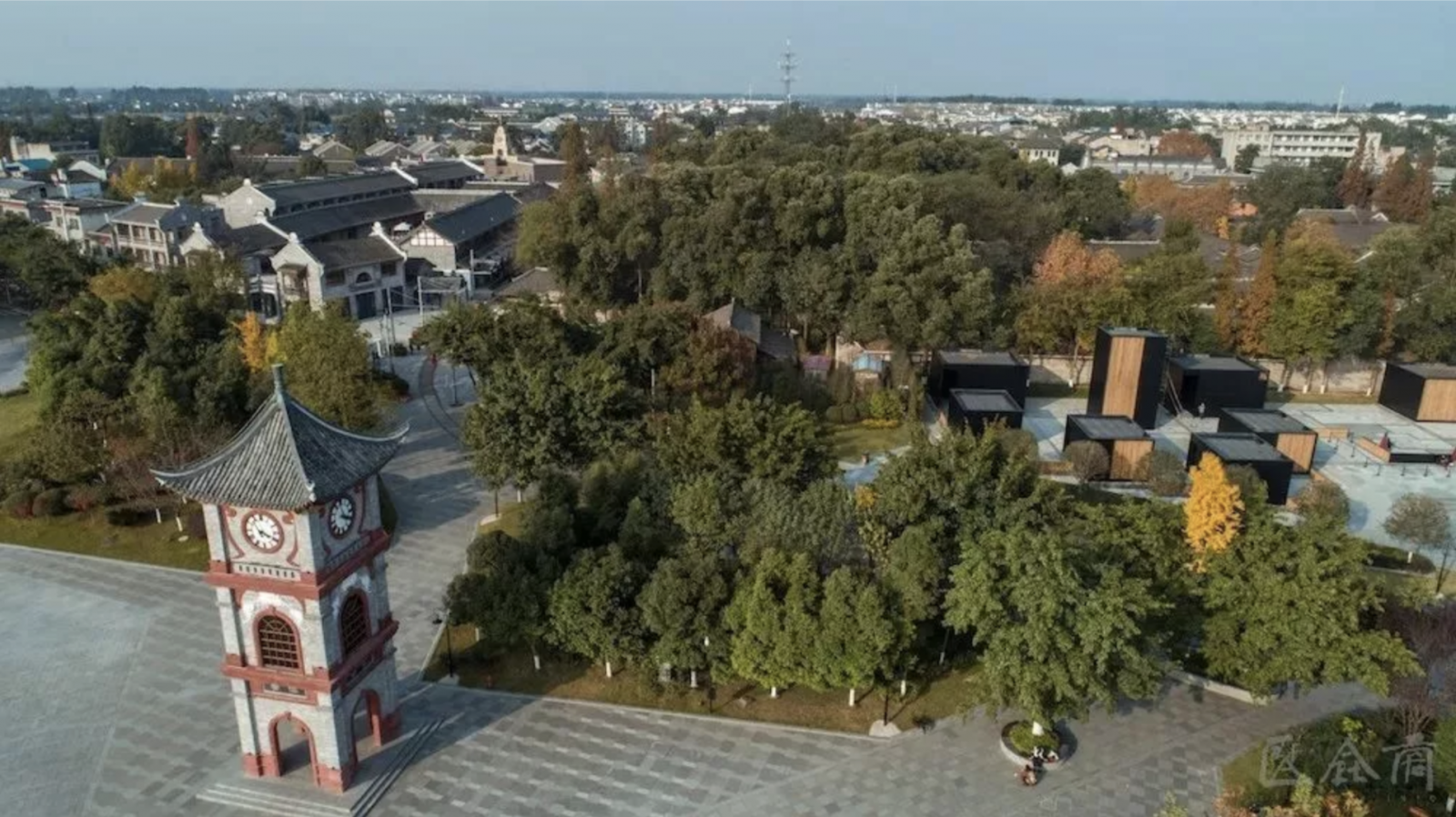

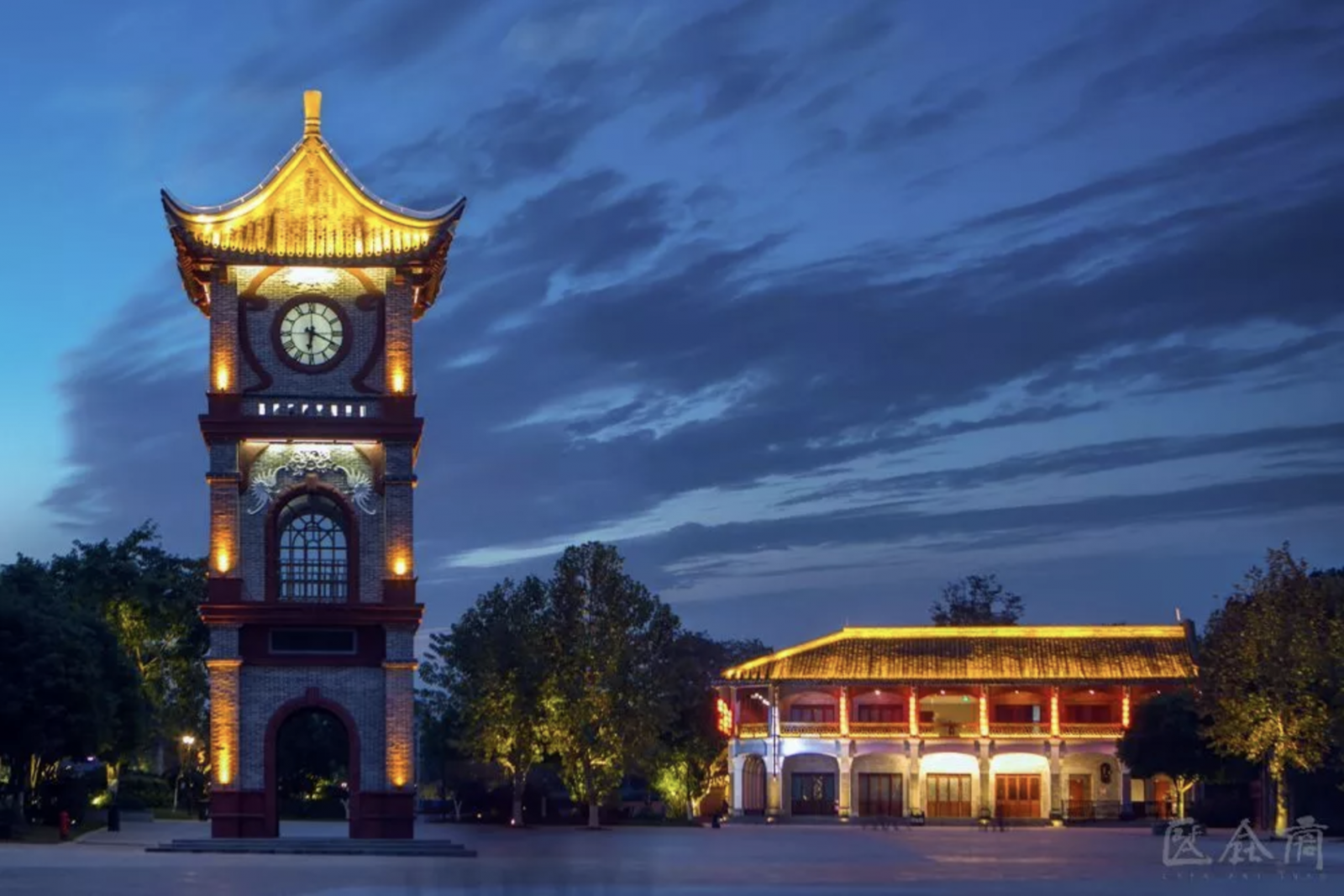 Photos above: The Old Town of Anren
Photos above: The Old Town of Anren
Secondly, the injection of OCT (Overseas Chinese Town)’s commercial strength, has conducted explorations in models with a sense of mission. With the support of the local government, OCT Group is looking forward to making Anren Ancient Town into a business model which also takes into account multiple interests, and on this basis, it will achieve fame and fortune. The OCT Group’s attention and promotion of Chinese contemporary art demonstrates the unique wisdom and “goodwill” of commercial capital. But without the support of funds, art may still remain in the state of primitive society. Art needs to embrace money, but it cannot sleep like a baby in arms of capital.
Thirdly, the Biennale has a professional curatorial team. The artistic level of the Anren Biennale has obtained a better artistic status after the first survey. The curatorial team does demonstrate its strong artistic resources and the Biennale features the works of Chinese and foreign contemporary artists. However, the purpose of the exhibition is not just to provide the spectators with the benefits of appreciation, but it also trigger more artistic contemplation before and after the exhibition, so that Anren becomes a place steeped in the art of thinking.
 Photo: Poster for A CONFRONTATION OF IDEALS, The Second Anren Biennale
Photo: Poster for A CONFRONTATION OF IDEALS, The Second Anren Biennale
The forthcoming Second Anren Biennale, themed “A CONFRONTATION OF IDEALS”, will open the strategic pace of international art exhibitions at Anren. The transformation of Anren from the “old town of the Republic of China” to the “Chinese Museum Town” is also a possibility for exploration in the developments of urbanization with Chinese characteristics.
Text by Lin Lu
Edited and Translated by Sue/CAFA ART INFO
Additional edits by ArtChina
Photo Courtesy of the Organizer
